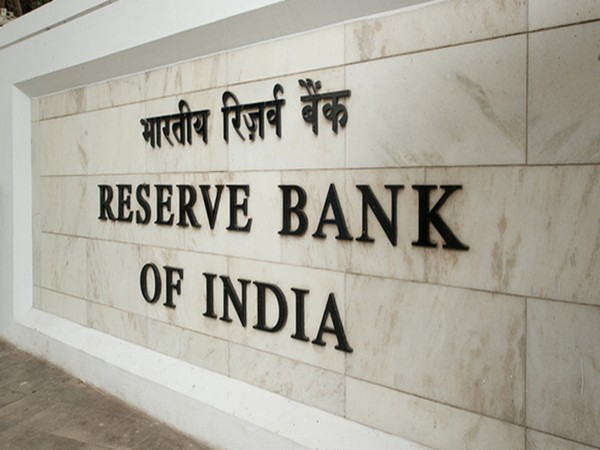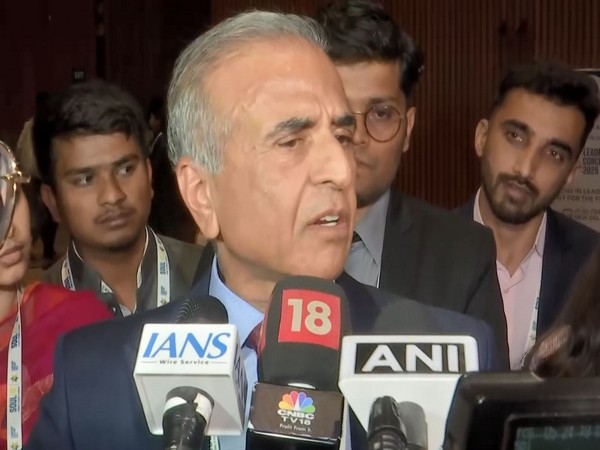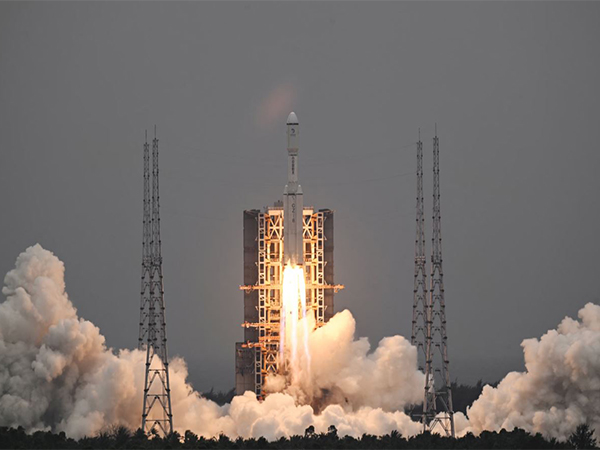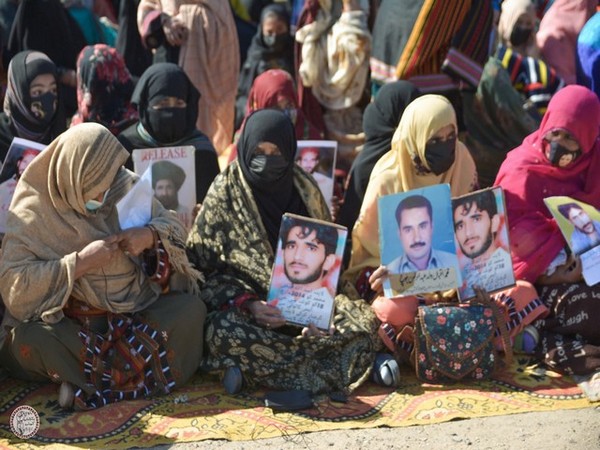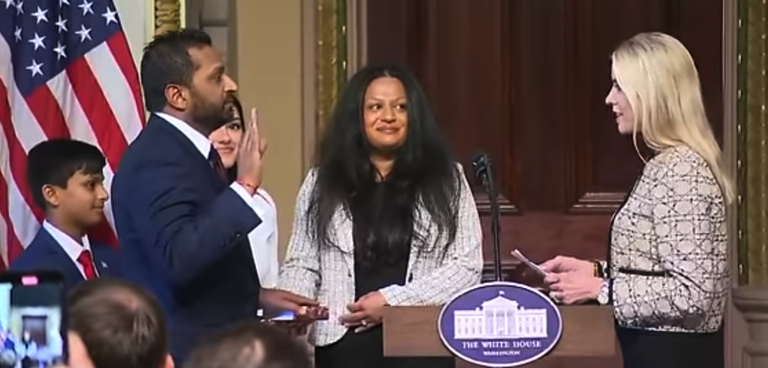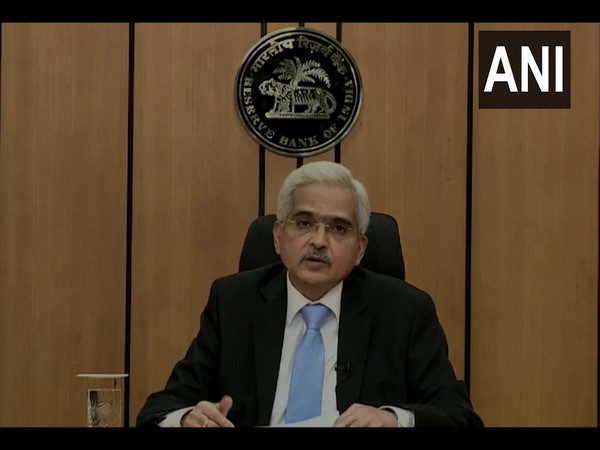
RBI Governor Shaktikanta Das in Mumbai on Friday
Mumbai (Maharashtra) [India], April 17 (ANI): The Reserve Bank of India (RBI) on Friday announced a reduction in reverse repo rate by 25 basis points from 4 per cent to 3.75 per cent to facilitate bank credit flows amid the coronavirus crisis and subsequent countrywide lockdown which has brought economic activity to a virtual halt.
However, it kept the repo rate unchanged. Repo rate is the rate at which the central bank lends money to commercial banks, and reverse repo rate is the rate at which it borrows from them. “The mission is to minimise the epidemiological damage in the country due to coronavirus.
I want to convey the RBI’s resolve and the way forward,” said RBI Governor Shaktikanta Das . He also announced conducting of targeted long-term repo operation (TLTRO ) with Rs 50,000 crore to maintain liquidity in the system, incentivise bank credit flows and enable normal functioning of the market. Banks will be required to invest 50 per cent of the funds under TLTRO 2.0 to small and mid-sized non-banking finance companies (NBFCs ).
NBFCs ‘ loans to delayed commercial real estate projects can be extended by a year without restructuring. Das said loans given by NBFCs to real estate companies to get a similar benefit as given by scheduled commercial banks. Das also announced a Rs 50,000 crore special refinance package for National Bank for Agriculture and Rural Development (NABARD Rs 25,000 crore), Small industrial Development Bank of India (SIDBI Rs 15,000 crore) and National Housing Bank (NHB Rs 10,000 crore).
The RBI Governor also told banks not to make any dividend payouts until further notice. He said the 90-day non-performing asset (NPA) norm will not apply on moratorium granted on existing loans by banks “The macroeconomic landscape has deteriorated since March 27.
The global economy is going through the worst phase since the Great Depression,” said Das. “The contraction in exports at minus 34.6 per cent is much serious than the 2008-09 global financial crisis.” India is one of the few countries projected to clock 1.9 per cent GDP growth, according to the International Monetary Fund (IMF). It is expected to grow at a pre-coronavirus pace of 7 per cent in FY21, according to the IMF.
Das said the data on monsoon, sowing and fertilisers shows well for agri and rural outlook but the situation is sombre in other industrial sectors. The RBI has taken several steps to ensure normal functioning of banks during the lockdown imposed since March 25.
Das said no downtime was observed for internet or mobile banking. ATMs have worked at 91 per cent capacity during this period. (ANI)
